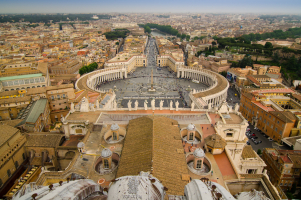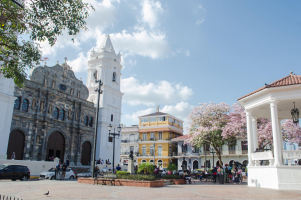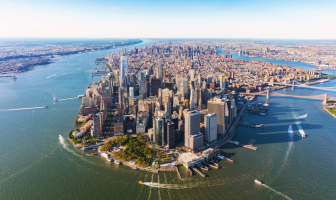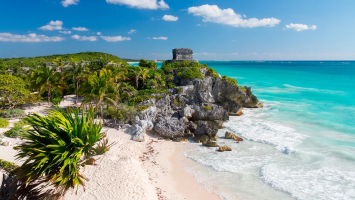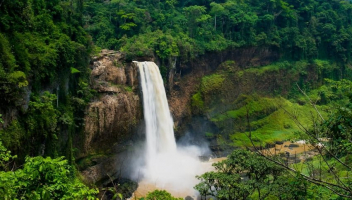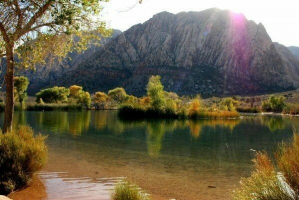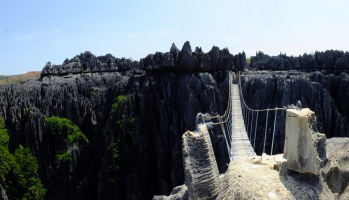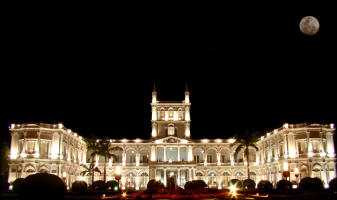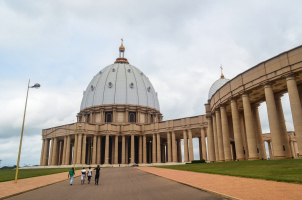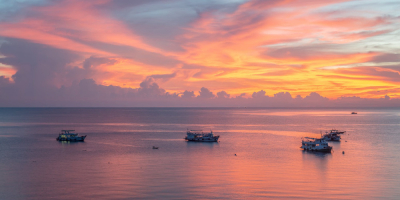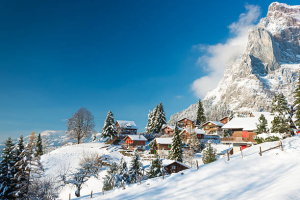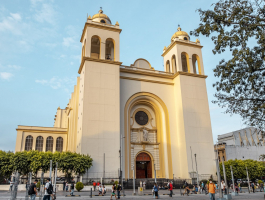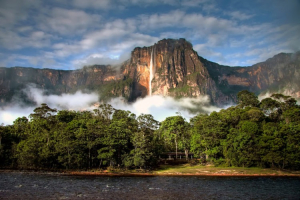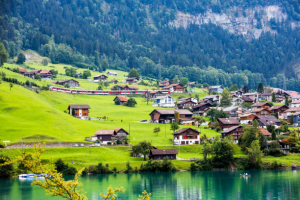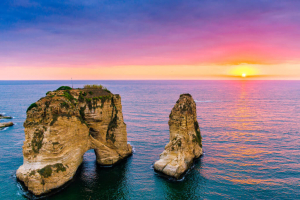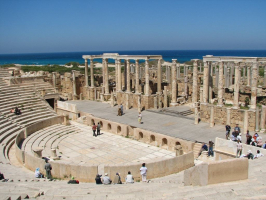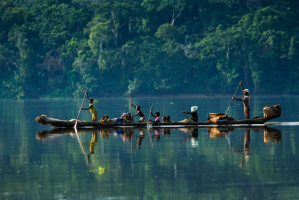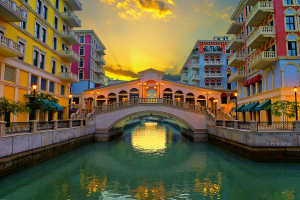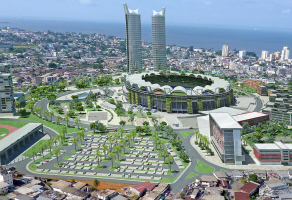Top 11 Best Places to Visit in Guatemala City
One of those rare gems, Guatemala offers a diverse range of vacation possibilities to appeal to all types of travelers, including those seeking adventure, ... read more...culture, the beach, and a little rest and leisure. From the Mayan ruins at Tikal to the colonial buildings and cobblestone lanes of Antigua Guatemala, the nation is a cultural hotspot in Central America. Little settlements in the highlands and around the stunning Lake Atitlan provide opportunities for distinctive cultural encounters. Nature enthusiasts will be drawn to tropical jungles, active volcanoes, mountain lakes, cloud forests, coral reefs, and beaches. You can locate beaches that are perfect for unwinding and seeking peace in a hammock if you travel down to the shores. Here are some best places to visit Guatemala City.
-
One of the most important archaeological sites in Central America is located in the damp jungle of northern Guatemala, close to the Belizean border. One of the best sites to go in Guatemala to learn about Mayan civilization is Tikal, a well-preserved ruined city. Tikal is the ruins of an ancient city that was most likely called Yax Mutal and was discovered in a Guatemalan rainforest. One of the major urban centers and archaeological sites from the pre-Columbian Maya civilisation. It is situated in what is now northern Guatemala, in the Petén Basin archeological zone. The complex, which is a portion of Guatemala's Tikal National Park and is located in the El Petén region, was recognized as a UNESCO World Heritage Site in 1979.
From roughly 600 BC and AD 900, Tikal was inhabited. It has more than 3,000 buildings, including pyramids, temples, plazas, and an acropolis. For more than a thousand years, it was one of the most significant urban Mayan cities, and it is now one of the biggest Mayan archaeological sites from that era still standing. The surroundings improve the experience of visiting Tikal. Over the lush, green canopy of the rainforest, where birds, monkeys, and other animals abound, steep pyramids rise.
At Tikal, monkeys are frequently seen. There's a good chance you'll see spider monkeys, and even if you don't, you'll hear howler monkeys. The remains are located in the northern Guatemalan tropical rainforests, which served as the lowland Maya civilization's birthplace. The city may have controlled a natural east-west trade route through the Yucatan Peninsula because of its location amid an abundance of fertile upland soils.Location: Flores, Petén Department, Guatemala
TripAdvisor Rating: 5.0/5.0
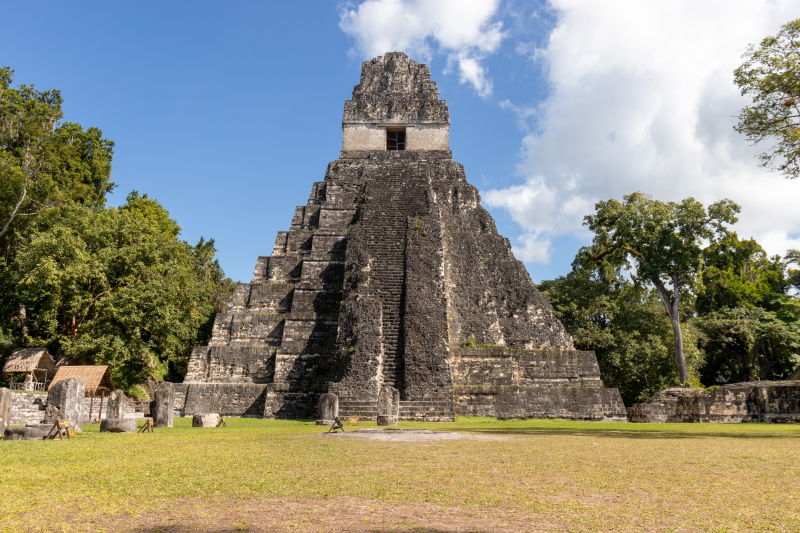
Image by Adrian Grimm via pexels.com 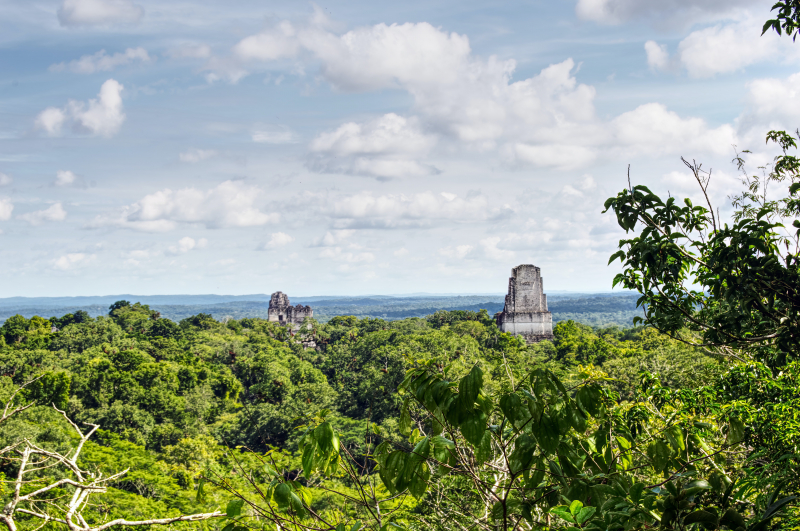
Image by Luis A. Dumois N. via pexels.com -
Exploring Guatemala's bright marketplaces, which are stocked with colorful Mayan fabrics, traditional wooden crafts, and beautiful jade jewelry, is one of the country's biggest attractions. One of the biggest outdoor marketplaces in all of Latin America is located in Chichicastenango, which is also the oldest market in Guatemala. And as you'll see, this location is undoubtedly more than just a collection of stalls and dealers.
Chichicastenango, also known as Chichi by both locals and tourists, is a department in Guatemala's Western Highlands that is about 90 miles from the country's capital, Guatemala City. Nonetheless, many more people arrive in the town from all over the world every Thursday and Sunday. Chichi comes to life twice a week and has a well-deserved reputation as the most vibrant native market in the Americas. Busloads of tourists and residents stream into the streets to explore this brilliant symphony of colors and costumes, smoke and smells, and portable kiosks are put up in the center square and the surrounding blocks, typically continuing until the early hours.
The textiles in this market are what are most well-known, especially the huipils, which are the traditional clothing items worn by indigenous women and girls in Guatemala. Every huipil takes between 3 and 12 months to construct and is typically embellished with vibrant and elaborate motifs. The country's various areas employ a variety of hues and designs, but Chichi is home to some of the best huipils, which are well-liked by both men and women.Location: in Guatemala’s Western Highlands in the department of El Quiche
Google Rating: 5.0/5.0
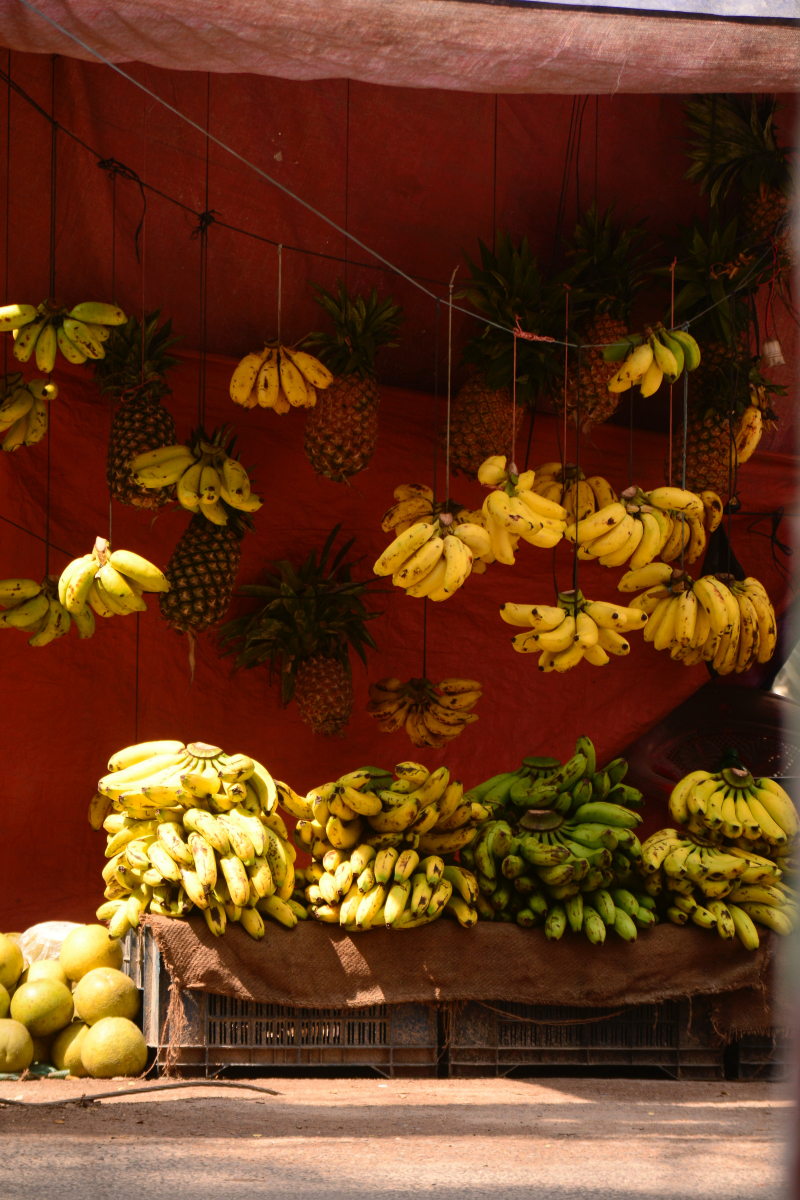
Image by Taj uddin Ahmed via pexels.com 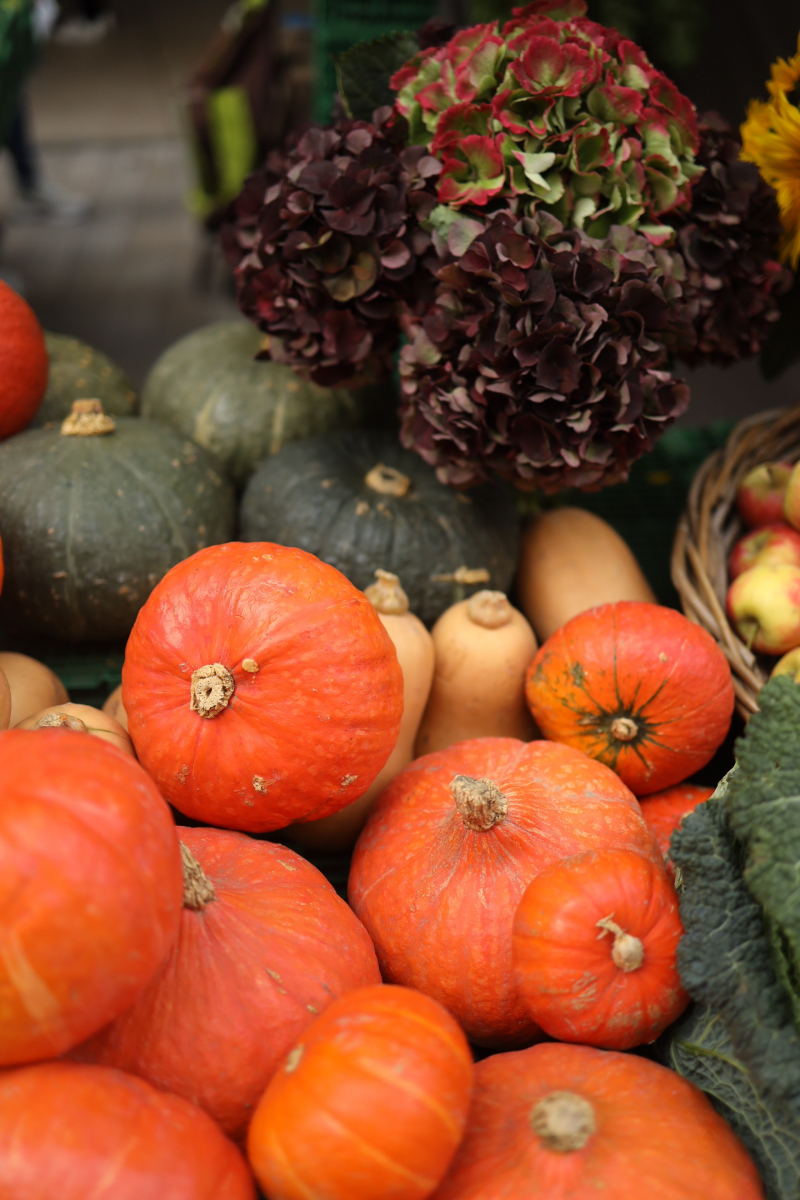
Image by Yelena Odintsova via pexels.com -
Another place where tourists frequently loiter is Lake Atitlán, which is frequently referred to as the most beautiful lake in the world. That is one of the best places to visit in Guatemala City. The little towns and villages that surround the lake are perfect places to spend a week or more taking in the sights. Less than two hours driving separate Guatemala City and Antigua from Lake Atitlán, which is situated in the high country. It is surrounded by hills and volcanoes, situated in a volcanic crater 1,538 meters above sea level, and many of the coastal communities are only reachable by boat.
The city of Panajachel serves as the main entry point. Make your way to the shore to grab a water taxi after touring the main street, which is lined with a variety of vendors selling their items in stalls and alleyways. The villages of San Pedro, Santiago Atitlán, San Andrés Semetabaj, Santa Catarina Palopó, San Lucas Toliman, and even smaller secondary villages or private hotels are all accessible by boat from this point. Each village has a distinctive reputation, but the majority have markets and produce made there. Atitlán has drawn a lot of foreigners interested in alternative lifestyles over the years. Yoga and metaphysical activities are both available at spiritual or new age centers. If you're thinking in learning Spanish, there are many of affordable schools accessible.
Scientists are baffled by the water levels of Lake Atitlán. Sometimes they unexpectedly rise before dropping for some reason. There are many possibilities, but nobody seems to be able to pinpoint the precise cause. Be ready for temporary docks and submerged residences if you find yourself at the lake during one of its high water levels. The water is always crystal clear and usually warm enough to swim in year-round, regardless of the level.
Location: in the Sololá Department of southwestern Guatemala
Google Rating: 4.8/5.0
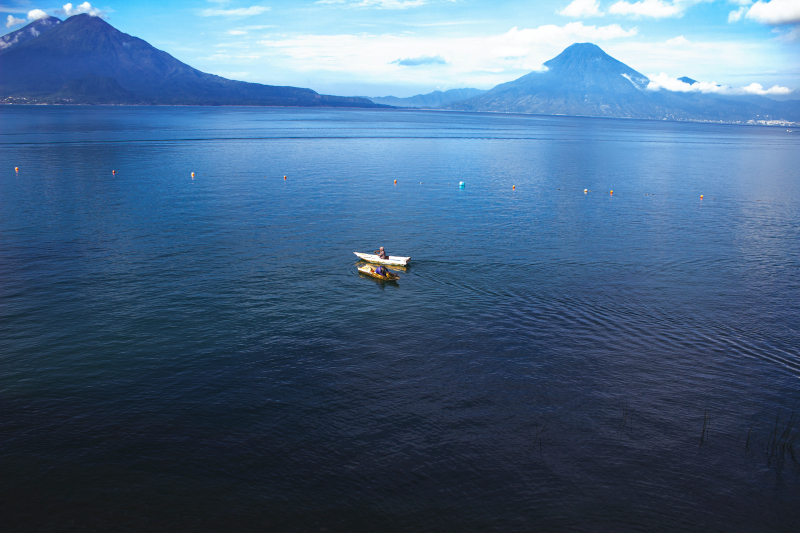
Image by Sandro Gomez via pexels.com 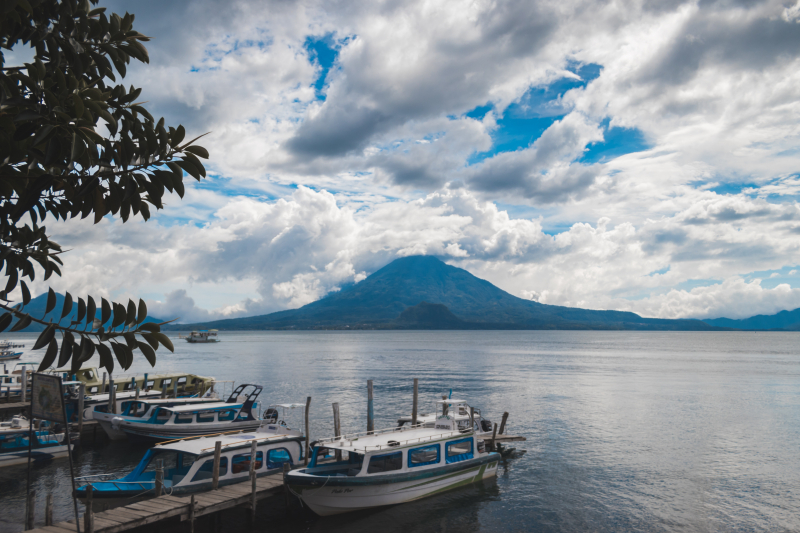
Image by Isaac Cortés via pexels.com -
A natural landmark called Semuc Champey may be found in Guatemala's Alta Verapaz department close to the Q'eqchi' Maya hamlet of Lanqun. The Cahabón River flows beneath a 300-m-long natural limestone bridge. A series of terraced, turquoise swimming ponds may be found atop the bridge.
Semuc Champey, which means where the river hides under the earth in Qeqchi, is a place. Semuc Champey is best and most frequently viewed from the "El Mirador" vantage point. The views into the valley are unmatched despite the about 45-minute hot, uphill jungle climb from the parking location. Even though it can be challenging to reach, Semuc is growing more and more in popularity with tourists.It can be challenging to reach this breathtaking location in the middle of the jungle, but the effort is worthwhile. Natural pools in the river are created by a 300-meter limestone shelf and are ideal for a brief dip. The pools are a vivid turquoise or green color. The region is surrounded by a thick forest with a variety of wildlife, and the water is quiet and warm. From Lanqun, tours can be made to this location. Either a rough 4X4 ride or a 2.5-kilometer stroll through the humid jungle are required for access.
Location: San Agustín Lanquín, Guatemala
Contact: +502 7723 8503
Google Rating: 4.8/5.0
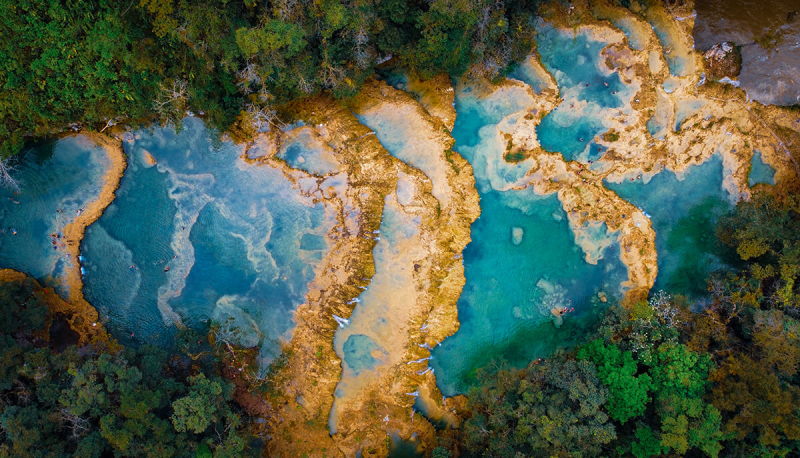
Image by Rifqi Ramadhan via pexels.com 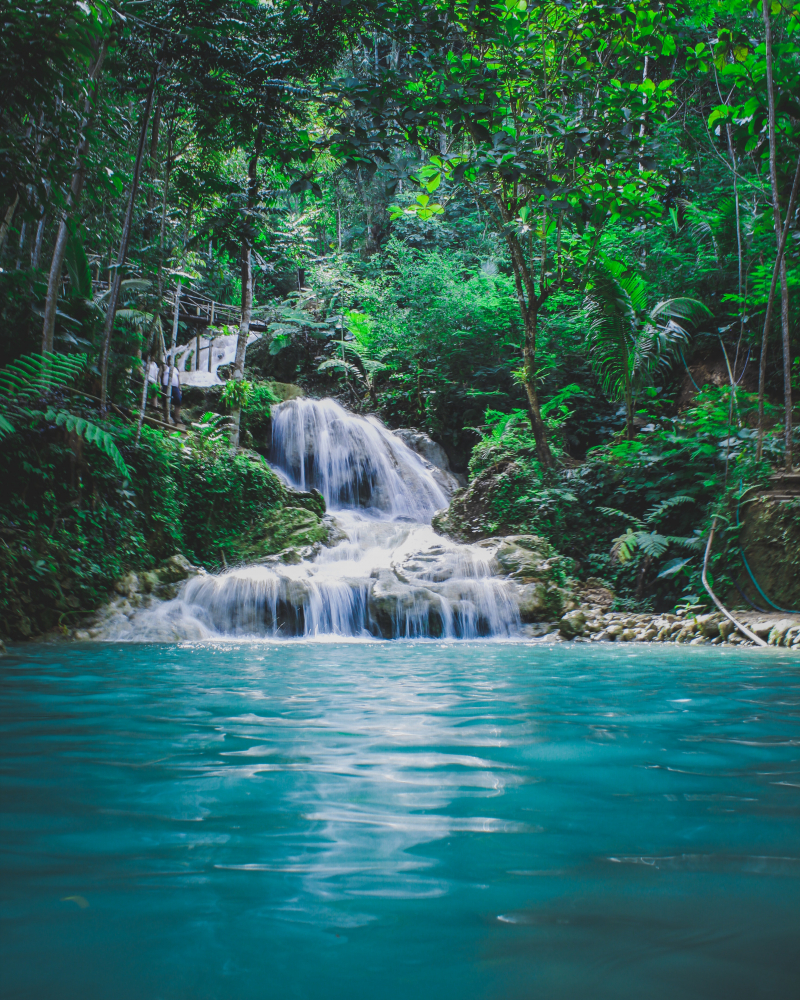
Image by Rifqi Ramadhan via pexels.com -
Northeast of Coban lies the Lanqun Caves, which are deep limestone caverns with an underground river, a number of lagoons, and unusual rock formations. A section of the cave, which has some rocky paths and dim lighting, is accessible for tours. A large mass migration of the thousands of bats who live here each night to feed in the neighboring woodland makes for an amusing sight. Plan to tour the cave in the late afternoon and stay until sunset if you're interested in viewing this unusual location. The caves, which are revered by the indigenous people of the area, also house a religious shrine.
The ancestors of the Mayans lived in Guatemala. Even though rain forests have engulfed most of them, their magnificent historic cities stand tall. The Mayans were the first to recognize this sacred area, along with their cities. These Lanquin caves were viewed by them as entrances to the underworld. They continue to execute various types of ceremonies in them, as they have for many years. As the Lanquin cave system is so extensive, neither a hard-core spelunker nor an explorer has ever been known to see where it stops.
Location: H2H6+X63, Lanqúin, Guatemala
Google Rating: 4.6/5.0
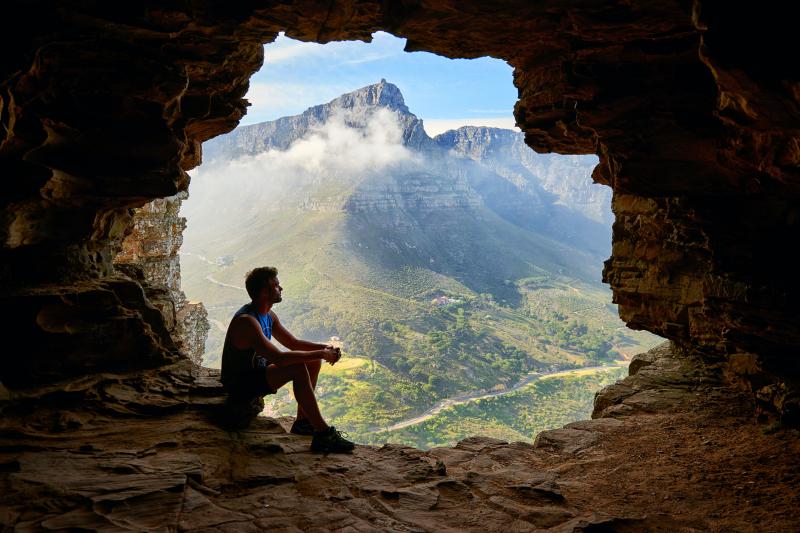
Image by M Venter via pexels.com 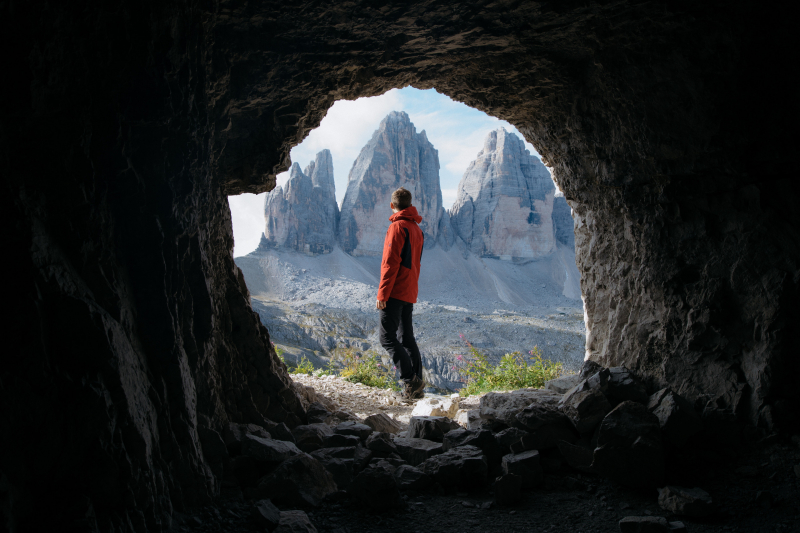
Image by S Migaj via pexels.com -
Around two hours from Guatemala City, in the western highlands of Guatemala, is a small Mayan archaeological site called Iximche. This small, unassuming location conceals a great deal of significance for the history of contemporary Central America, particularly Guatemala. For this reason, it was designated a national monument in the 1960s. Ixhimche was rediscovered by an explorer in the 17th century, but official excavations and research into the vanished Mayan City didn't begin until the 1940s. Midway through the 20th century, the location also functioned as a guerrilla hideout. Now, it is a tranquil archaeological site with a tiny museum, a few stone buildings where the effects of fire can still be seen, and an altar still utilized by the Kaqchikel descendants for important Mayan rituals.
When the Spanish conquered the city, they gave it a new name, Quauhtemallan, which later developed into Guatemala and ultimately became the name of the nation. It refers to areas with forests. The location has visitor parking, a small museum filled with artifacts discovered during excavations, a picnic area, and a football field. Palaces, ball courts, ceremonial spaces, and temples make up the remaining buildings. On March 12, 2007, US President Bush paid a visit to the location.
Native Maya makes up the vast majority of visitors to Iximche. If you're lucky, you could get to see Mayan rites in action. To watch, though, you must keep very quiet, and taking pictures or making videos is not permitted. Bring a sweater if you arrive early in the morning or right before they close because it can get chilly. Don't plan on spending an entire day there because it won't take you that long to see everything because it is a small area. However, it is a great morning excursion.
Location: P2P3+G36, Tecpán, Guatemala
Google Rating: 4.6/5.0
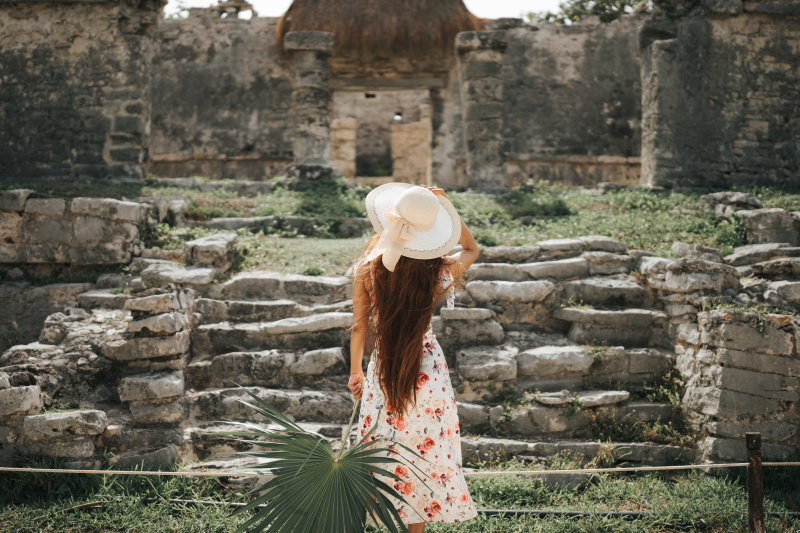
Image by Joel Zar via pexels.com 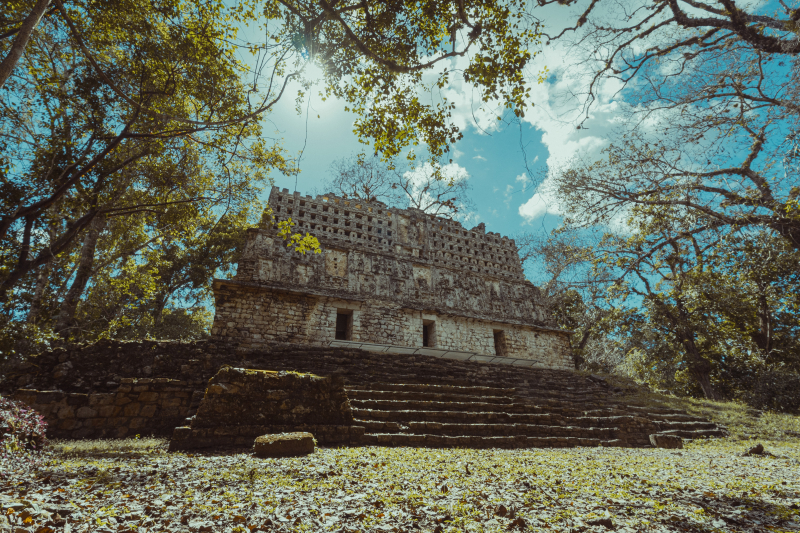
Image by Los Muertos Crew via pexels.com -
A museum in Guatemala City is called the Ixchel Museum of Indigenous Textiles and Costumes. The museum studies Guatemalan dress customs throughout the nation and also houses noteworthy collections of literature, ceramics, textiles, and jewelry. And that is one of the best places to visit in Guatemala City. The Francisco Marroquin University campus is where the museum is located.
The museum's holdings include ceremonial garments, handwoven textiles, and apparel such as huipil. Textiles from the pre-Columbian era were not saved, but there are displays of ceramics, Mayan ruins, and other antiquities. The Spanish colonial era and modern times are depicted in the textiles, materials, colors, and techniques. The museum building, which is situated on the Francisco Marroquin University campus, was built specifically to house textile displays and has an exterior that resembles a woven textile pattern. Paintings by Andrés Curruchich and Monica Torrebiarte, among other artists, are featured in its shows. The museum is important for the study and presentation of Guatemalan culture, especially that of the indigenous people of Guatemala. One of the skills on show in the museum is Mayan weaving. Erin Semine Kökdil, a Fulbright scholar, worked with the Ixchel Museum of Indigenous Textiles and Apparel in 2020 while she filmed a documentary about the ancient craft of Mayan backstrap weaving.
Location: 6ta Calle final zona 10 campus Universidad Francisco Marroquin, Cdad. de Guatemala, Guatemala
Contact: +502 2331 3739
Google Rating: 4.6/5.0
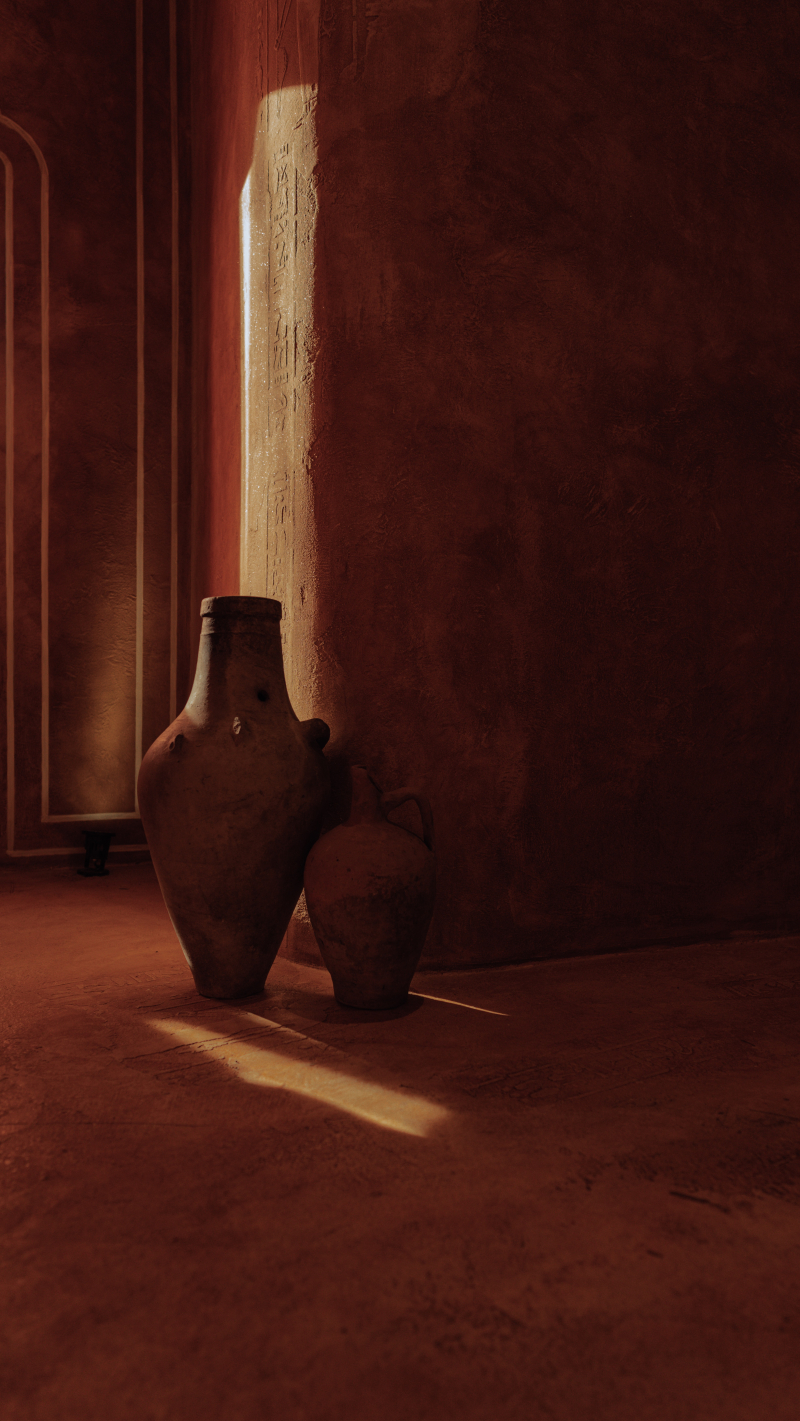
Image by Sami Abdullah via pexels.com 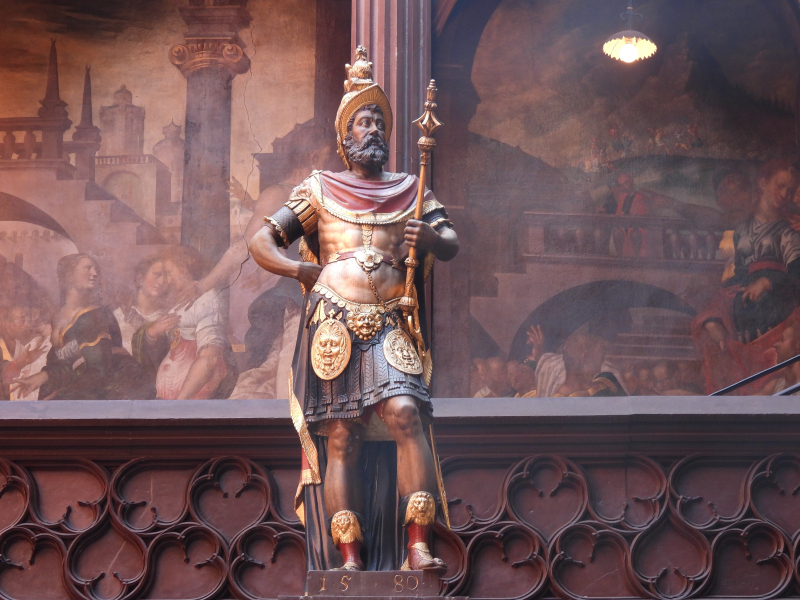
Image by Hocine Haddi via pexels.com -
Anybody searching for some time at the beach and some wildlife will enjoy the small coastal community of Monterrico with its laid-back atmosphere and magnificent stretch of seashore. The territory around Monterrico is hot and tropical, in contrast to the high inland regions. Big surf often dominates this beach, making swimming less than ideal, but it is still stunning.
A natural reserve called Biotopo Monterrico-Hawaii, often known as Monterrico Nature Reserve, was established to save mangrove swamps and sea turtles. It is home to a wide range of bird and aquatic species, including leatherback and Kemp's ridley turtles, and it spans both land and water. Boat rides provide excursions through the marshes and good chances to see wildlife and birds, especially early in the day. That is one of the best places to visit in Guatemala City.The ideal time to visit is right around sunrise when you'll probably see the most wildlife. Bring your binoculars if you have them if you want to go bird watching; the ideal months are January and February. Although you can book tours through hotels and locals will approach you on the street offering tours, if you want to support the tortugario, book a trip directly through Tortugario Monterrico, which also happens to have the most knowledgeable tour guides on the environment. The use of motorboats has drawn criticism from some tourists who claim that the sound of the engines scares off wildlife. Ask about scheduling a paddled tour of the canal if you have time.
Location: VHPM+246, El Hawaii, Guatemala
Contact: +502 4187 9309
Google Rating: 4.6/5.0
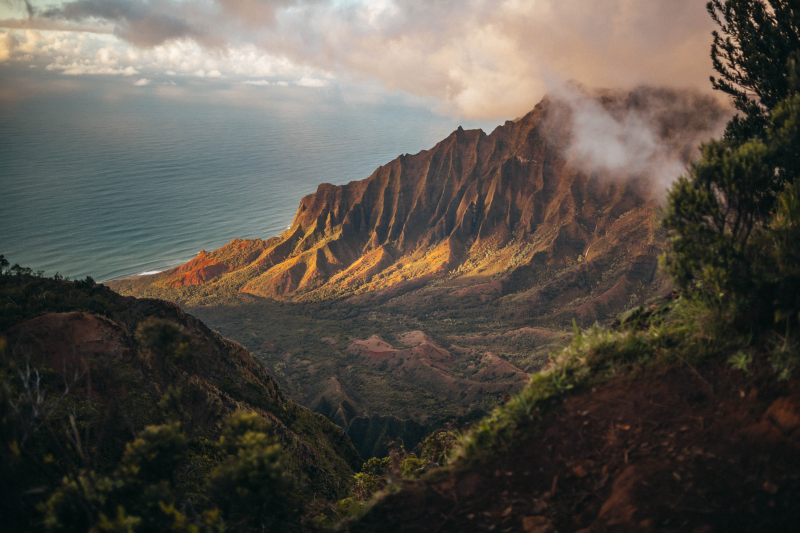
Image by Roberto Nickson via pexels.com 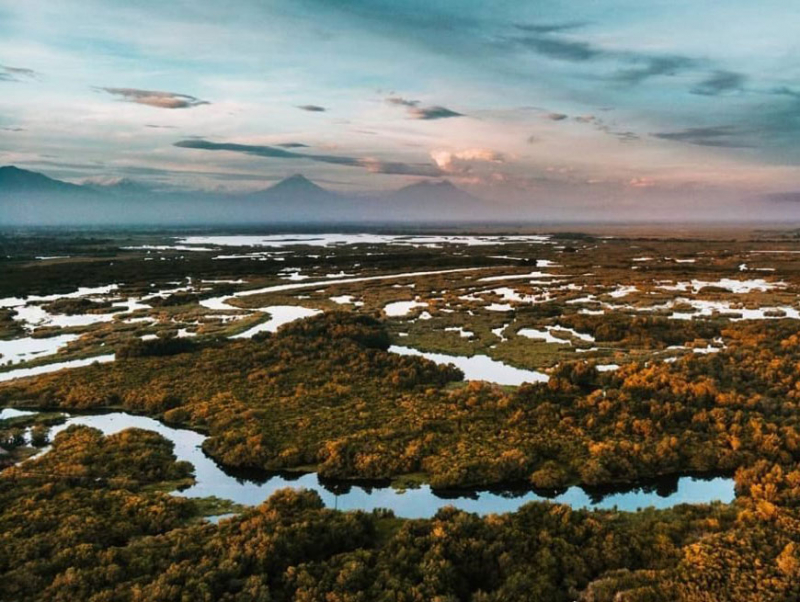
Image by Roberto Nickson via pexels.com -
Both the municipality and the department of the same name are headquartered in Quetzaltenango, Guatemala. At its lowest point, the city is situated at an elevation of 2,330 meters (7,640 feet) above sea level in a mountain valley. Within the city, it may soar beyond 2,400 m (7,900 ft). It is one of the best places to visit in Guatemala City.
The Köppen climate classification describes Quetzaltenango's climate as subtropical highland (Cwb). The weather in Quetzaltenango can often range from pleasant to chilly, with isolated warm spells every now and again. About midday, the daily high is typically attained. The temperature drops very quickly after that. With the exception of the rainy season, the city is fairly dry. The hippest large city in Guatemala is Quetzaltenango.Spanish lessons and mountain hikes are two of the top attractions in Quetzaltenango. One of the riskier possibilities is to climb Volcan Tajumulco, the highest peak in Central America. Quetzaltenango's elevation of 2,333 meters guarantees warm days, cold nights, and fewer insects, in addition to making it a relatively clean and safe city. Many local villages known for their hot springs and handicrafts can be visited on day trips from the city.
Location: in the western highlands of Guatemala
Alltrails Rating: 4.6/5.0
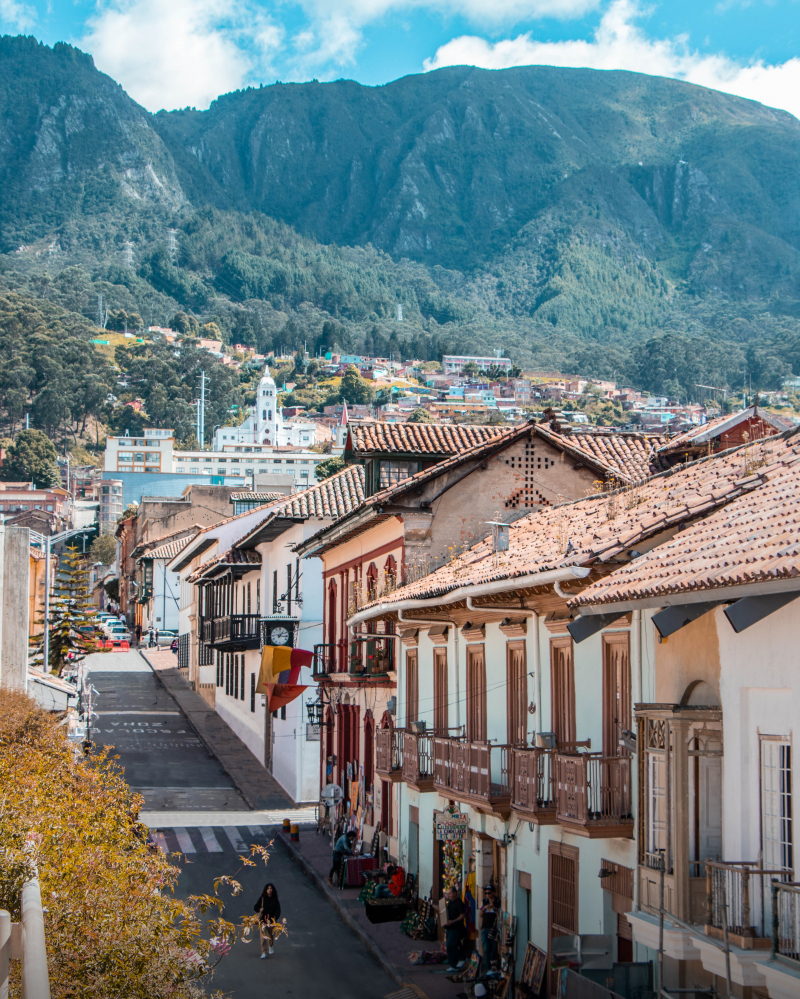
Image by Diego Gonzalez via pexels.com 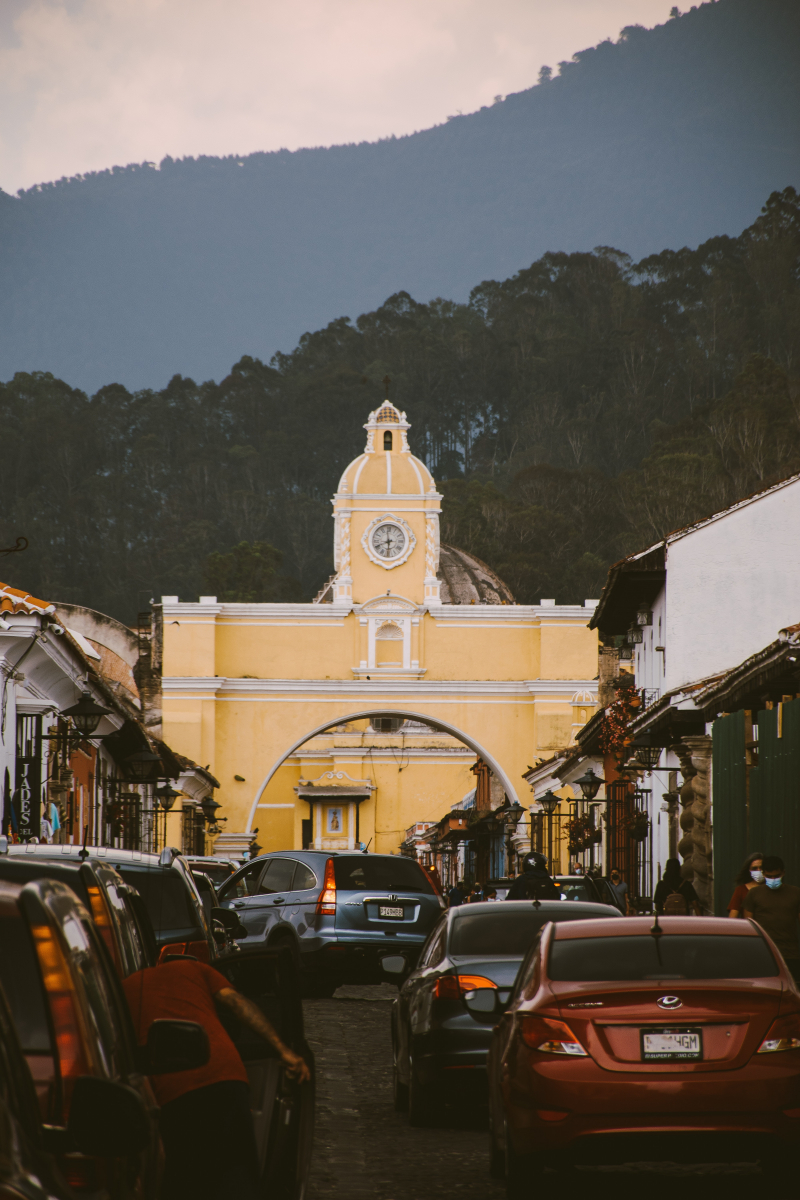
Image by Jorge Acre via pexels.com -
Visit the Casa Santo Domingo Museums in Antigua to get a glimpse into some of the regional history. The institution, housed in a beautifully renovated former convent, comprises six museums with artfully displayed artifacts from both the Mayan and Spanish cultures. Pharmaceutical instruments, regional artwork, glassware, ceramics, Conquistador art, and Mayan art are among the artifacts on display. If you get hungry while visiting the museums, a nearby restaurant offers delicious food in a relaxing garden setting.
The Museum de las Casas Reales, which dates to the early 1500s, is yet another gorgeous specimen of Spanish Colonial architecture. Actually, the building is made up of two connected structures. The Royal Court, the first court of law in the New World, and the government offices were housed in the first structure. High-level government officials resided in the second building. The museum exhibits an interesting collection of Taino relics and Colonial furniture while chronicling Santo Domingo's history. Also, it boasts a sizable and fascinating collection of old firearms. The expansive internal courtyard of the museum makes for a relaxing rest.
Location: 3a Calle Oriente 28 Centro Histórico, Antigua 03001 Guatemala
Contact: 809-682-4202
TripAdvisor Rating: 4.5/5.0
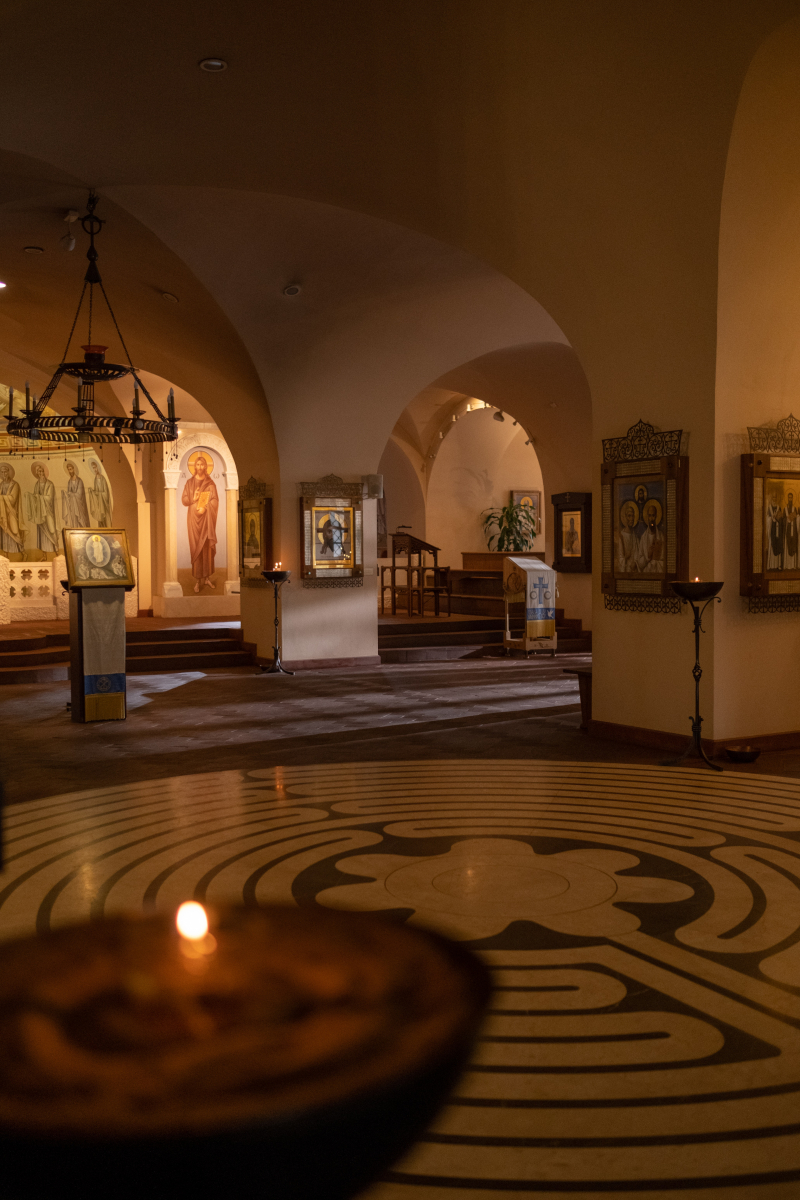
Image by Ron Lach via pexels.com 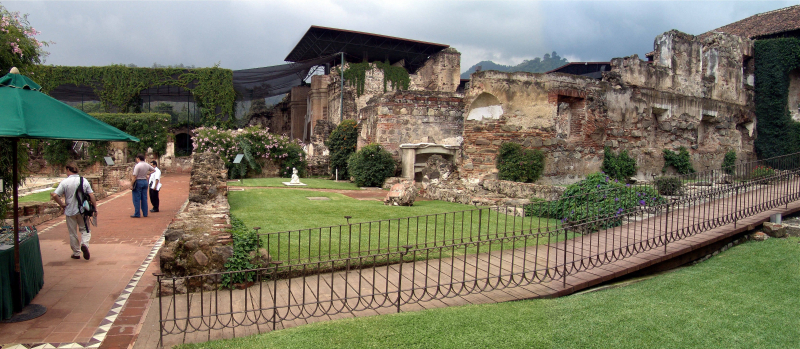
Image by Ron Lach via pexels.com -
Since the Spanish conquest of Guatemala, the Pacaya volcano, an active complex volcano, has erupted at least 23 times. It originally erupted about 23,000 years ago. It ascends to a height of 2,552 meters (8,373 ft). It resumed violently erupting in 1961 after being inactive for more than 70 years and has continued to do so ever since. Most of its activity is Strombolian, but it occasionally has Plinian eruptions as well, which can occasionally cover the area around the neighboring Departments with ash.
Popular tourist destination Pacaya. Even the well-known Guatemala Impact Marathon is held there; it was the first to use a running path across the lava field left by the 2010 eruption, and it helps the neighborhood by encouraging runners to take on the difficult endeavor. It is located close to Antigua and 30 kilometers (19 miles) southwest of Guatemala City. The volcano is located in the Department of Escuintla. On Pacaya's craters, volcano boarding is another activity that is done. Guided walks on the volcano are available as part of organized trips, and you may cook marshmallows over the heat produced by hot spots. Although this is an active volcano, it should be reminded that there are risks associated with hiking here. Horses are an option if you want to ascend with less effort.
Location: Pacaya National Park about an hour south of Antigua.
TripAdvisor Rating: 4.5/5.0
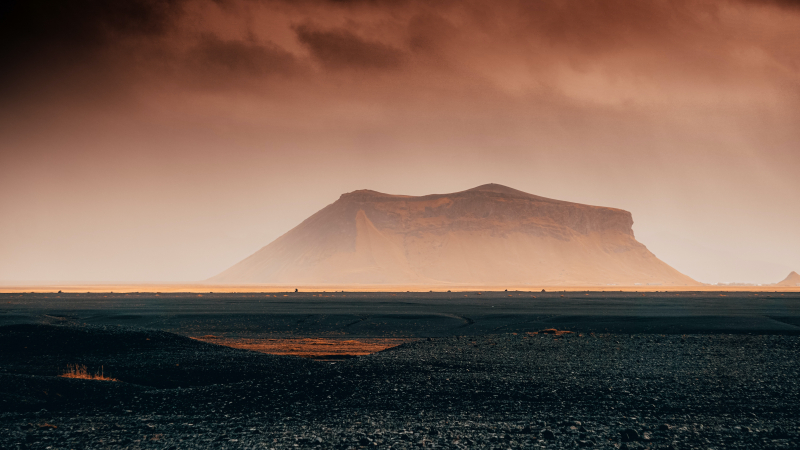
Image by Benjamin Bryer via pexels.com 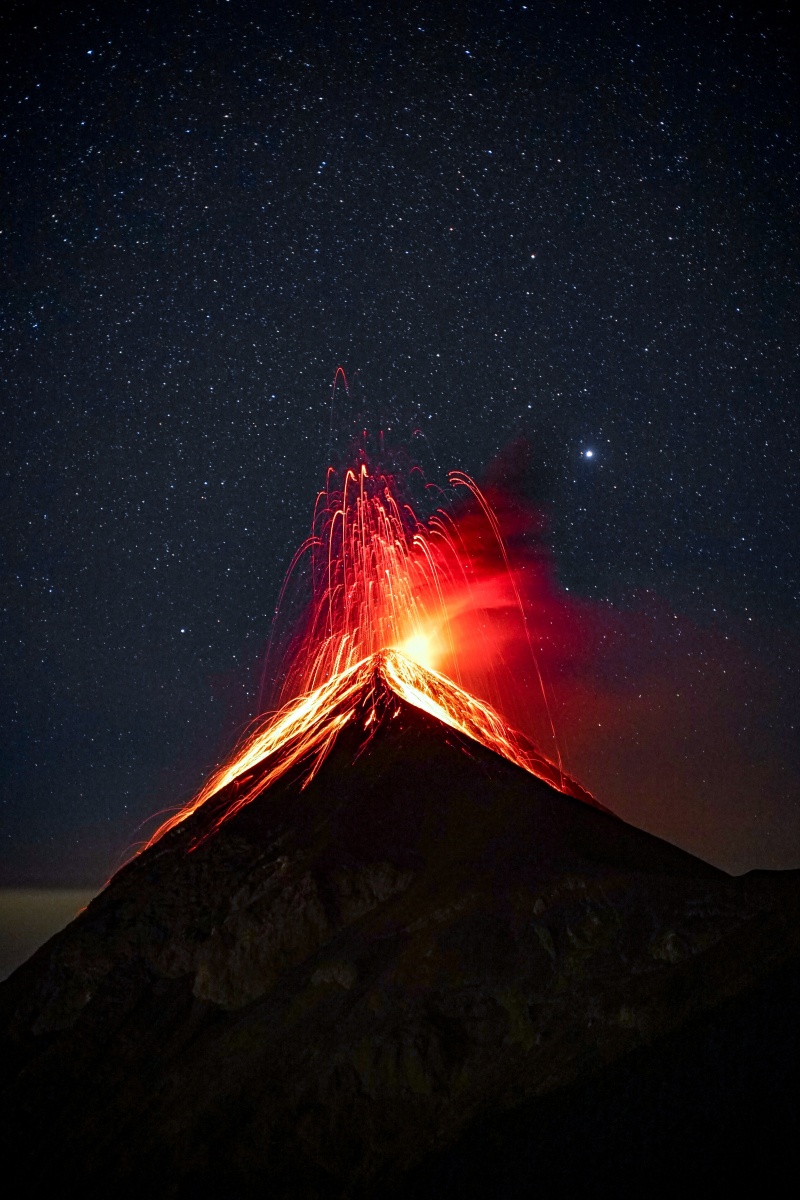
Image by Clive Kim via pexels.com













